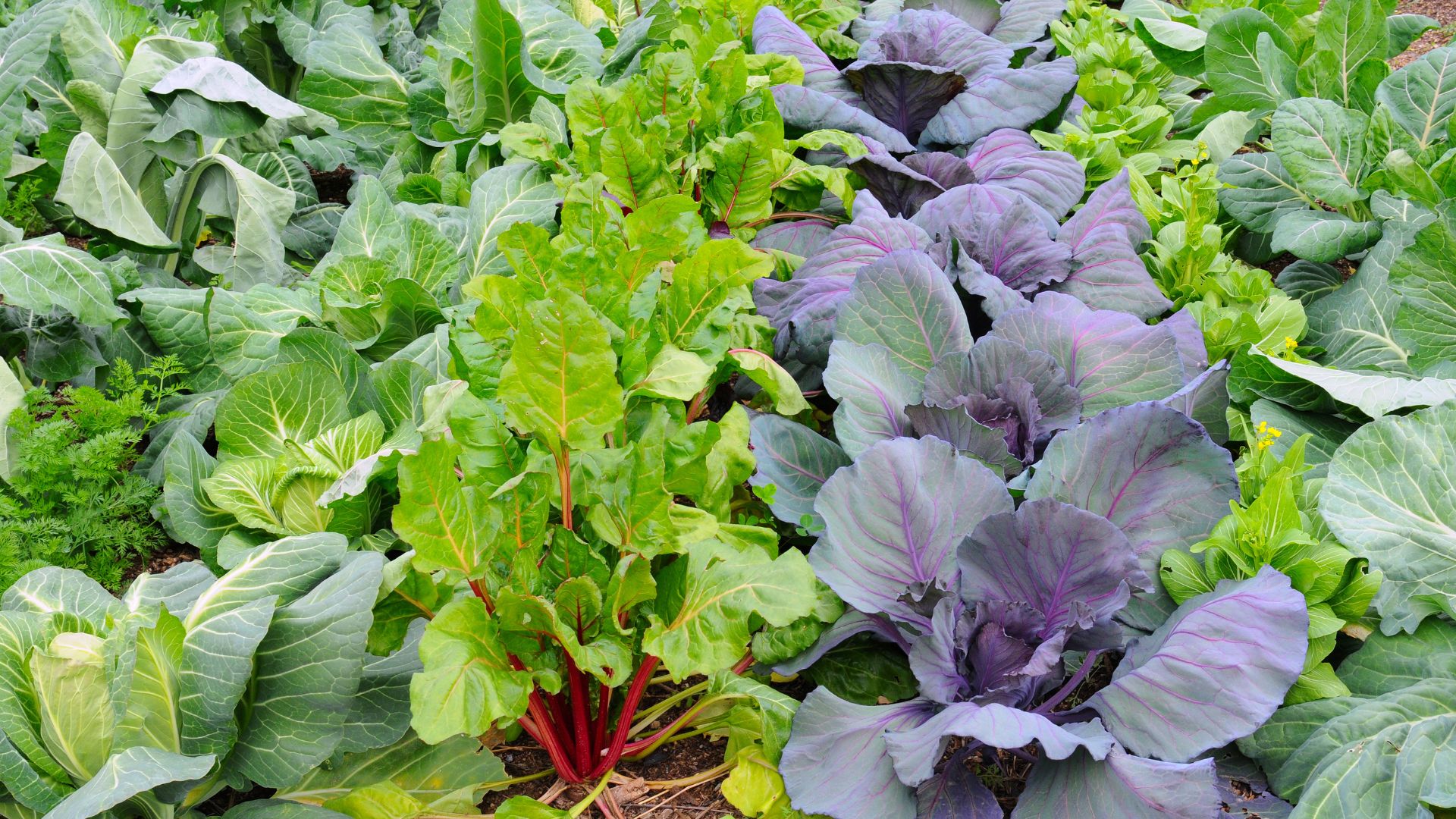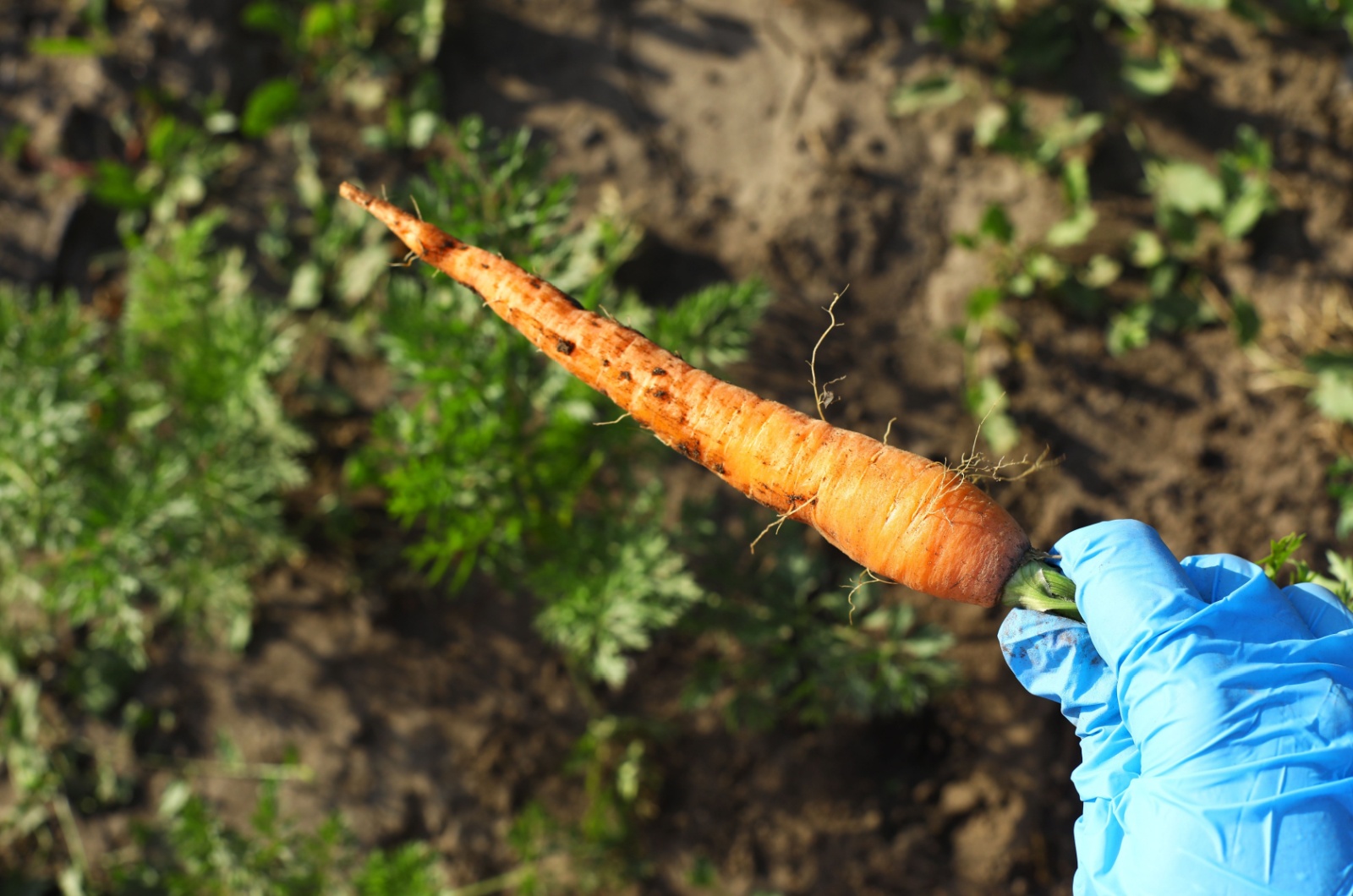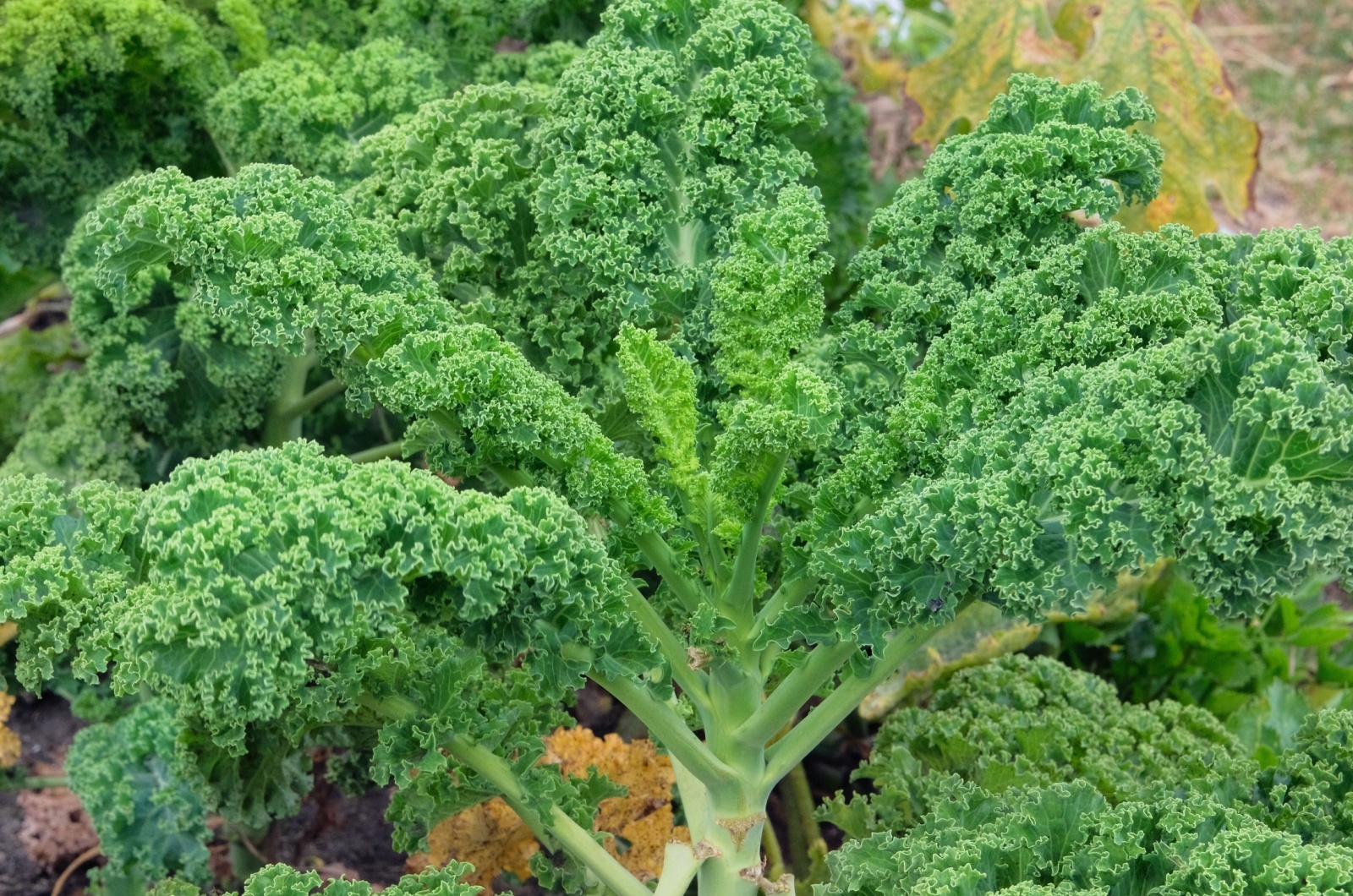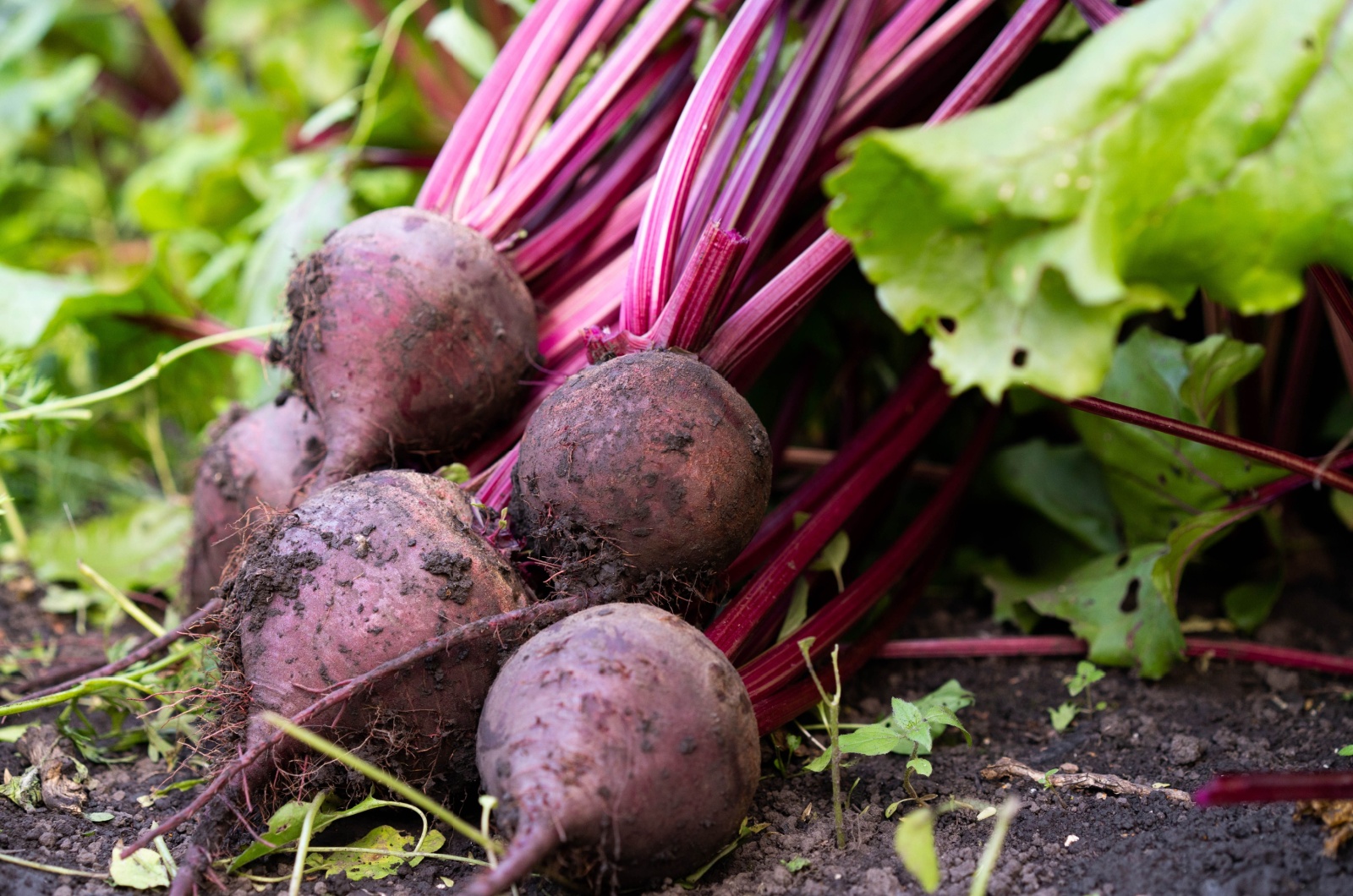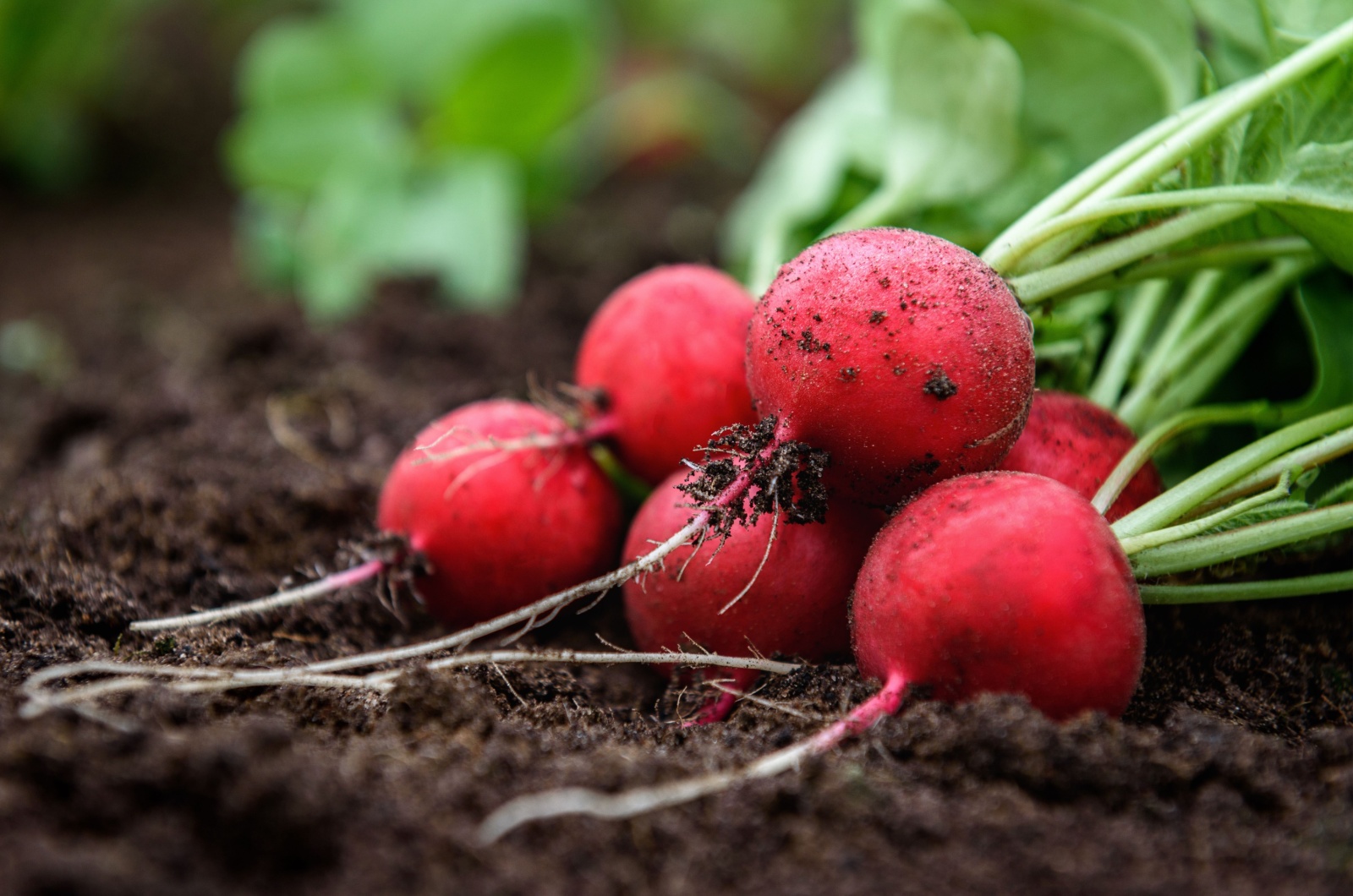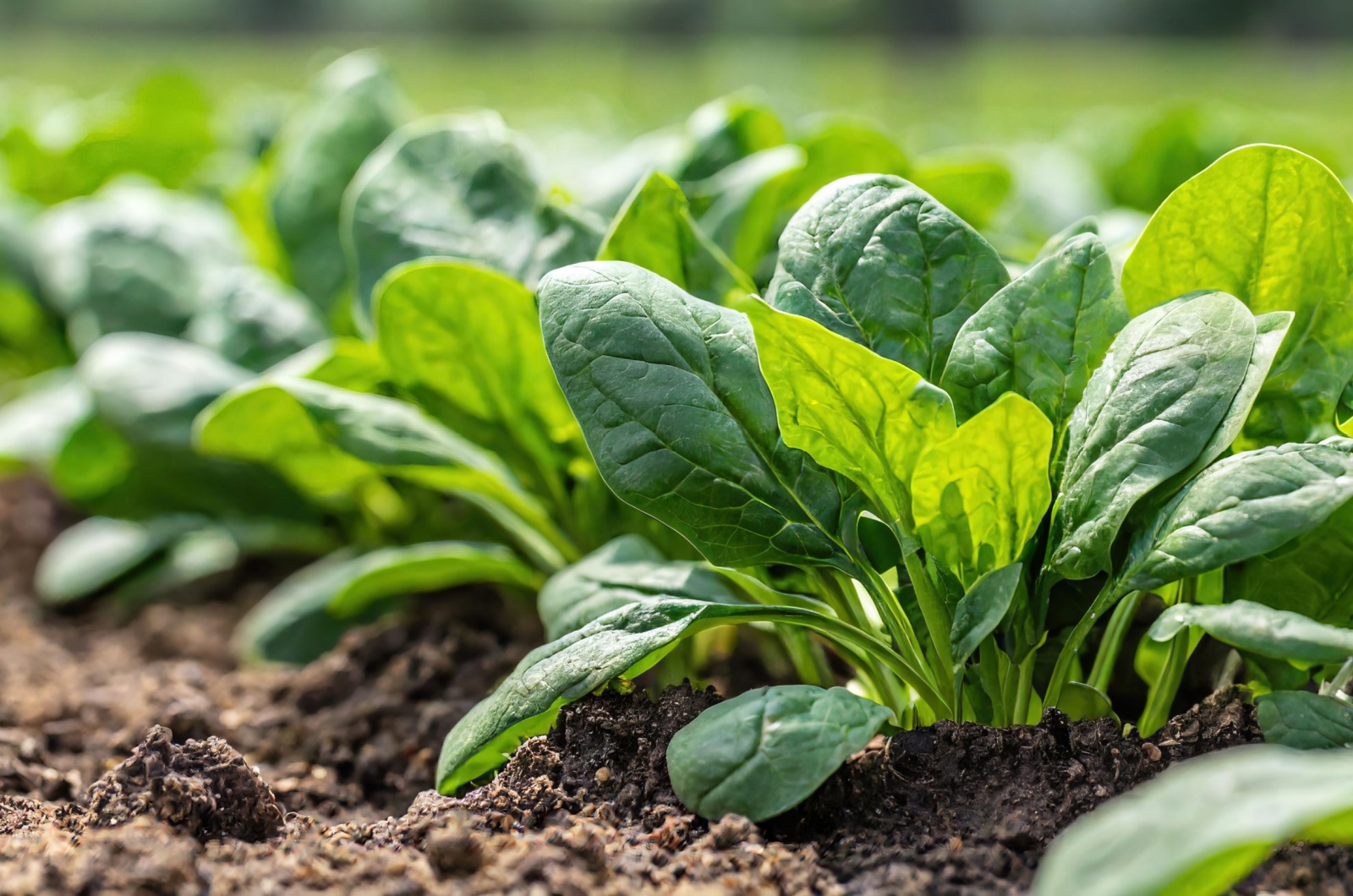I know that the end of summer usually means it’s time to harvest and wrap up gardening, but why should we let the season for enjoying fresh produce come to an end?
Believe it or not, some resilient plants thrive in the cold, allowing you to enjoy a winter garden brimming with fresh veggies. Who says winter can’t be fruitful?
I’ve put together a list of 25 hardy vegetables that can brave frosts and snow, so you can keep your garden bounty going strong all winter long.
Plant them now and make those chilly months delicious!
1. Carrots Don’t Mind The Cold
If you want a steady supply of delicious carrots, I would suggest you try succession sowing!
I like to plant them every two to three weeks in early spring and autumn. Just pause when daytime temps are above 75°F (your carrots don’t want to feel like they’re on vacation).
These cool-weather veggies can handle temperatures as low as 15°F, but make sure the roots are fully grown before it dips below 20°F.
There are fun varieties to choose from, like ‘Napa’, ‘Yaya’, ‘Aranka’, and ‘Mokum’. They might lose their tops during winter freezes, but the roots keep growing under a layer of mulch.
Carrots thrive in full sun to partial shade and love sandy, loose soil, so make sure you give them exactly what they need!
This might be useful: When To Plant Carrots Based On Your Growing Zone
2. Kale Stays Pretty When Temperatures Drop
Kale is a fantastic plant that serves both as a tasty green and a beautiful ornamental crop.
You can plant edible varieties in both spring and fall, and if you’re starting from seed, you’ll typically be ready to harvest in about three months.
What’s really cool is that mature kale can withstand temperatures down to 10°F!
I’ve noticed that a light frost actually enhances its flavor (yum!); however, beware of heavy snow as it can cause your kale to flop over.
I would recommend you to grow your kale in full sun to part shade and nutrient-rich soil. It thrives in zones 2 to 10. If you’re looking for a hardy variety, give ‘Winterbor’ a try (it’s known for its excellent cold tolerance).
Related: These 5 Expert Tips Will Help You Grow Kale In Pots Anywhere, Anytime
3. Lettuce Loves A Chilly Challenge
Lettuce is a versatile veggie that can thrive almost anywhere, from USDA hardiness zones 2 to 11!
It loves fertile soil and can be grown in sun or partial shade, but it really prefers cool temps under 70°F. It’s perfect for succession sowing, so you can plant it from early spring through summer and even into late summer for a fall harvest.
Most lettuce varieties can handle temperatures down to 25°F, but prolonged freezing can significantly damage those delicious leaves!
Mid-summer is not ideal for planting lettuce, as the heat can stunt growth, cause it to bolt, and turn it bitter. If you’re looking for great varieties for your fall garden, check out ‘Winter Marvel,’ ‘Tango,’ and ‘North Pole.’
Related: Become A Lettuce Growing Expert With These Game-Changing Tricks
4. Beets Actually Need The Cold
I absolutely love beets!
They are super healthy and ready to harvest just two months after planting. Not only do you get those tasty, round roots, but the greens are edible too (double the harvest!).
I usually sow beet seeds when temps are between 50°F and 70°F. I also make sure that they’re in loose, loamy soil with at least six hours of sunlight.
These frost-hardy veggies can survive in zones 2 to 11, handling temperatures as low as 28°F to 32°F. If you’re planning a late fall planting, give the European heirloom variety ‘German Lutz’ a try!
Related: These 9 Beetroot Growing Mistakes Can Quickly Ruin Your Harvest
5. Garlic Is A Must-Have In Winter Gardens
If you plan to grow veggies in your winter garden, then you must consider garlic.
I would suggest you plant garlic in fall, about a month before the first frost hits your zone. If you’re in the South, you can also plant in early spring, but make sure to expose the cloves to cold for about four to eight weeks at around 40°F.
Garlic takes time (around nine months) to mature. Fall plantings will be ready to harvest by late spring or early summer.
It loves soil with nutrients and can be grown in full sun, so don’t skimp on mulch and regularly weed out the area so your garlic has all those yummy nutrients for itself.
Related: 13 Varieties Of Garlic Ideal For Fall Planting
6. Radishes Can Even Handle The Snow
Radishes are a year-round delight in warmer climates, thriving best in temperatures between 40°F and 60°F.
While they can handle temperatures as low as 25°F, the roots can even survive a bit of snow and end up sprouting new green tops once the soil warms up again.
These veggies mature in as little as 30 days for some varieties, so you can go for succession planting from early spring to early summer, and again from late summer into early fall in cooler zones.
Plant them in sun and sandy, fertile soil for them to grow and thrive. If you’re looking for a cold-hardy variety, ‘Daikon’ radishes are your best option.
Also read: Easy Tricks For Growing Delicious Radishes You Need To Try This Season
7. Spinach And Frost Also Get Along
Spinach is healthy and we need it in all seasons!
This is a fast-maturing green that can be picked about a month after planting. It’s a true cool-weather crop that bolts and goes to seed when temperatures climb above 70°F.
While the thinner-leaved varieties can handle lower temps, cold-hardy types like ‘Auroch’, ‘Hammerhead’, and ‘Space’ can survive almost anything.
Spinach thrives in zones 2 to 11, preferring full to part sun and loamy, well-drained soil.
If you are short on garden space, consider growing spinach indoors. Check this article for more info: The Best Methods For Growing Spinach Indoors

